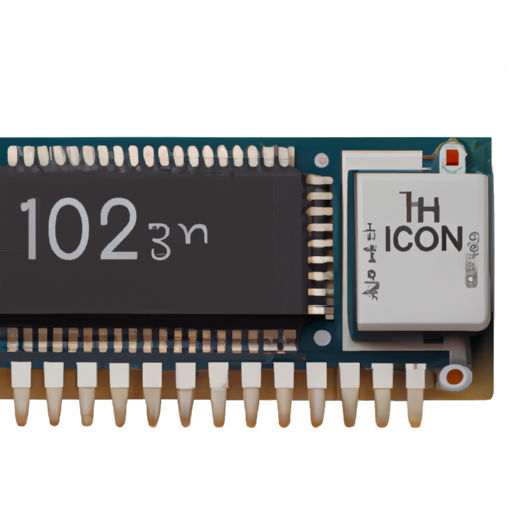Overview of Hot Swap Controllers
Hot swap controllers are vital components in modern electronic systems, enabling the safe insertion and removal of circuit boards or components without disrupting the power supply. While the 1N5243B-T is a Zener diode and not a hot swap controller, the principles of hot swap technology can be explored through various dedicated hot swap controllers available in the market.
Core Functional Technology of Hot Swap Controllers

1. Power Management: Hot swap controllers regulate the power supply to the device being inserted or removed. They gradually apply power to prevent inrush current, which can potentially damage sensitive components.
2. Voltage Monitoring: These controllers continuously monitor voltage levels to maintain system stability during the hot swap process. They can detect conditions such as over-voltage and under-voltage, ensuring safe operation.
3. Current Limiting: Many hot swap controllers incorporate current limiting features to protect the circuit from excessive current draw during component insertion or removal, which can lead to system failures.
4. Fault Protection: Built-in fault protection mechanisms, such as short-circuit protection, thermal shutdown, and overcurrent protection, are common in hot swap controllers, enhancing system reliability.
5. Control Logic: Hot swap controllers typically include control logic that manages the sequence of events during the hot swap process, ensuring smooth operation and minimizing the risk of system instability.
6. Communication Interfaces: Advanced hot swap controllers may offer communication interfaces (like I2C or SPI) for monitoring and control, facilitating integration into more complex systems and enabling remote diagnostics.
Application Development Cases
1. Telecommunications Equipment: Hot swap controllers are extensively used in telecommunications systems where uptime is critical. For example, in network switches, these controllers allow for the replacement of line cards without interrupting service, ensuring continuous operation.
2. Data Centers: In data centers, servers often utilize hot swap technology for power supplies and storage devices. This capability allows for maintenance and upgrades without downtime, which is essential for high-availability environments.
3. Industrial Automation: Hot swap controllers are integral to industrial control systems, enabling equipment replacement or servicing without shutting down the entire system. This is particularly important in manufacturing processes that require uninterrupted operation.
4. Consumer Electronics: In consumer devices, hot swap technology is employed in battery management systems, allowing users to replace batteries without powering down the device, enhancing user convenience.
5. Medical Devices: In medical equipment, hot swap controllers ensure that critical devices can be serviced without interrupting patient care, which is vital for life-support systems and other essential medical applications.
Effective Hot Swap Controller Examples
1. MAX5930: This hot swap controller from Maxim Integrated offers a robust solution for hot swapping applications, featuring adjustable current limits and comprehensive fault protection.
2. TPS2490: Texas Instruments provides this hot swap controller, which includes a power good output and adjustable current limit, making it suitable for a variety of applications.
3. LTC4261: Designed for Power over Ethernet (PoE) applications, this controller from Analog Devices allows for the safe insertion and removal of powered devices, enhancing network reliability.
4. ISL6120: Renesas offers this hot swap controller, featuring a low on-resistance MOSFET, designed for high-efficiency applications, ensuring minimal power loss during operation.
Conclusion
Hot swap controllers are crucial for ensuring the reliability and availability of electronic systems across various industries. By managing power, monitoring voltage, and providing fault protection, these controllers facilitate seamless maintenance and upgrades. When developing applications that require hot swap capabilities, selecting the appropriate controller based on the specific requirements of the system is essential for optimal performance and safety. The integration of hot swap technology not only enhances system reliability but also significantly reduces downtime, making it a key consideration in modern electronic design.